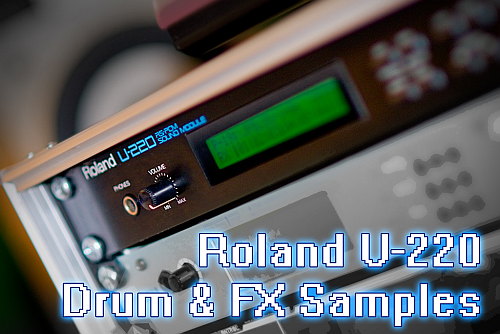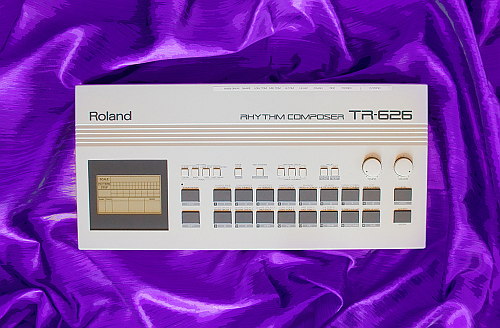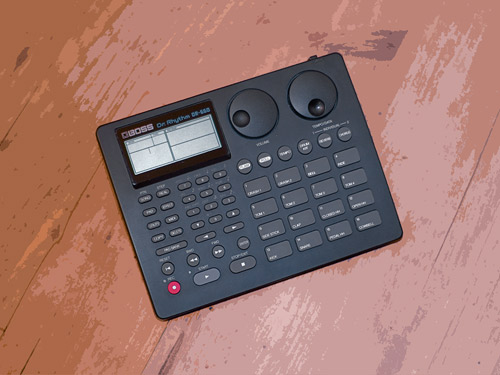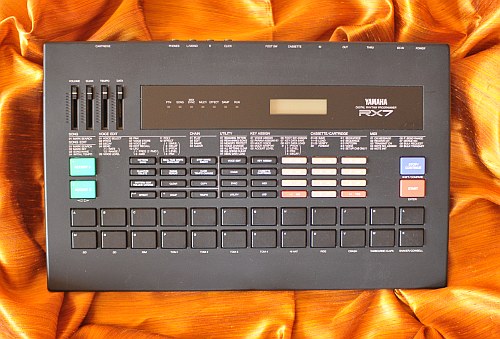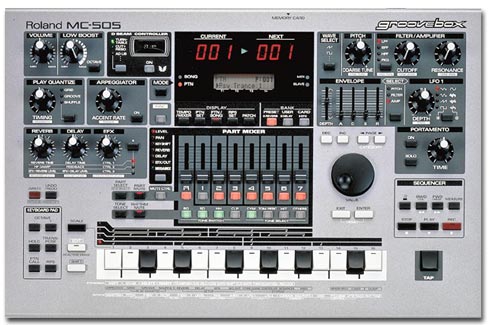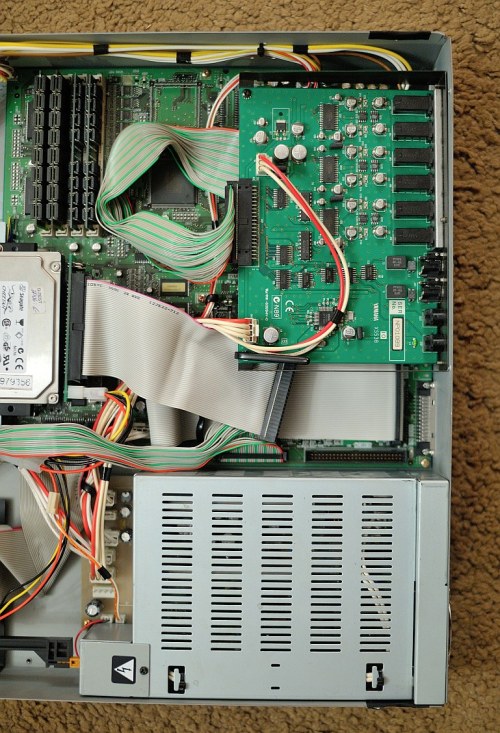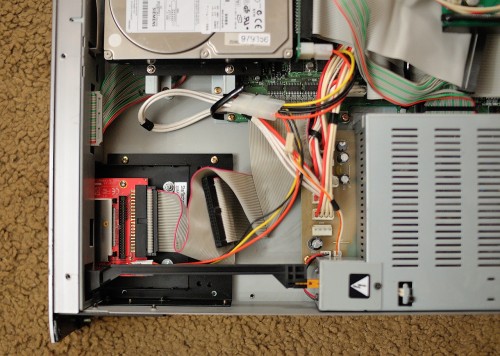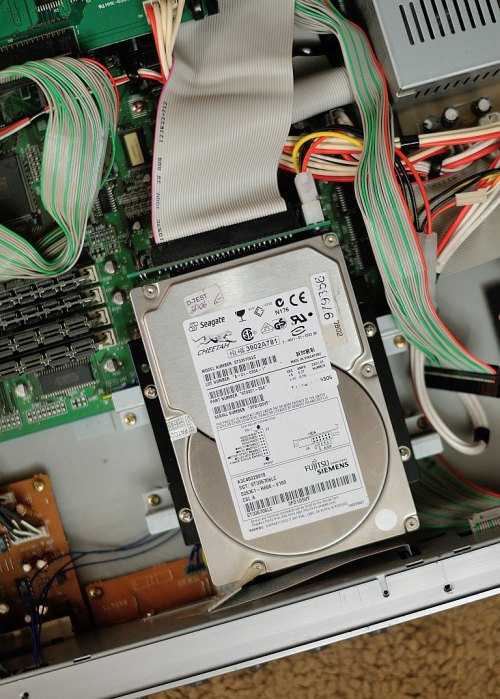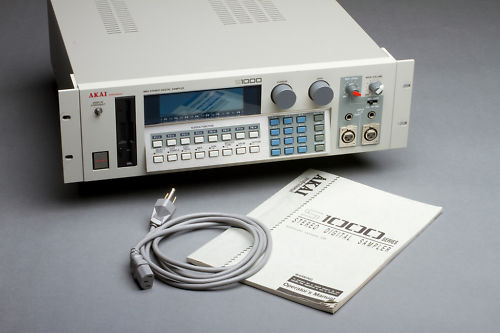
have an S1100 unit. It’s my favorite sampler because of its bright, clear, and good sound and its nice 18dB filter. The FX board is based on the Motorola DSP 56000 chip, which is also a plus. I like the S1100 even more than the S3000XL. However, its MIDI implementation is very limited and it only has 16 voices of polyphony, with no resonance.
If you’re considering getting the S1000, I would recommend getting the S1100 instead. It has onboard digital output, FX unit, and SCSI ports, and it’s faster with louder outputs due to its 20-bit converters (while the samples are still 16-bit).
some infos: vintagesynth.com sonicstate.com Mike Collins S1100 review
more related links: dancetech.com akai scsi faq S1000/S1100 memory jumper settings
s1000 manual: akai s1000 v2 pdf
s1100 manual: a1.pdf a2.pdf a3.pdf a4.pdf a5.pdf a6.pdf
s1100 service manual: s1100service.zip
sysex implementation: S1000SysEx.pdf
addidtional manuals: S1000HD.pdf IB-104.pdf
The latest OS for the S1000 is 4.40, which can be found here /files/akai_s1000/s1000v440.zip, and for the S11000, it’s 4.30, which can be found here /files/akai_s1000/s11k_430.zip.
Please note that this OS can only be written to a floppy disk if you have an internal floppy drive in your Windows PC. It works only with the old DOS system, and won’t work on Windows. However, I have a few instructions on how to save it to a floppy disk:
- First, download the Windows 98 boot disk from http://www.bootdisk.com/bootdisk.htm and save it to a blank floppy by executing the downloaded file.
- Next, unzip the Akai OS .exe file and move it to the boot disk.
- Restart your computer and boot from the disk, then run the OS .exe file by typing its name.
Plerase visit akai tools for more useful software
Update 17 Dec 2013:
I just found similar tutorial how to put cf inside akai s1100 at Mike Bass Page: http://mikebaas.org
Update 20 April 2014:
I am still amazed by this sampler. I was preparing a library of old-school 8-bit samples from Fairlight CMI, Amiga, Atari, etc. and I can’t believe how these old 10-20kHz samples sound so beautiful on this sampler. The difference in sound between computer programs and this beast is huge.
I was curious about the secret behind this sampler, so I asked Uncle Google what made this piece of old hardware special. After many hours of research, I finally found the answer. It’s the “eight-point windowed sinc interpolation.” Only the S1000 and S1100 samplers use this method. Later Akai units, such as the S3000, use simple linear interpolation, and samples, especially those with a lower frequency than the native (44.1kHz), sound dull and have stronger antialiasing. This eight-point windowed sinc interpolation requires a lot of CPU power, which is why the S1000 only has 16 audio channels and needs more huge expanders.
This was very expensive, so for economic reasons, it was the last sampler with such a beautiful sound.
I also discovered something interesting. When you play a distorted sample (saturated, squashed or clipped), this interpolation tries to reproduce the lost signal and produces even more high tones from a lo-fi saturated sample. This is incredible. I noticed this when I loaded some old lo-fi snare and hi-hat samples with maxed levels and noticed unnatural high clipping.
Now I know why, because of its unique interpolation. It tries to reproduce lost tones. The signal is just interpolated beyond the 16-bit scale and clips. In this situation, the samples need some headroom. This is independent of the gain and volume settings. The sampler just needs the samples to be 0.5-1 dB quieter than the max level because it generates and adds high tones that the sample normally doesn’t have. A 20kHz sample is interpolated and sounds like a 30kHz sample! I don’t know how it works, but it sounds amazing.
If you want to use low-frequency samples in modern DAWs or software samplers, you need exciters, EQ, and other processing for good sound. But your Akai S1000 plays it better without any additional tweaking.
The S1000/S1100 are worth every penny. I am think it’s the best sampler for playing samples.
